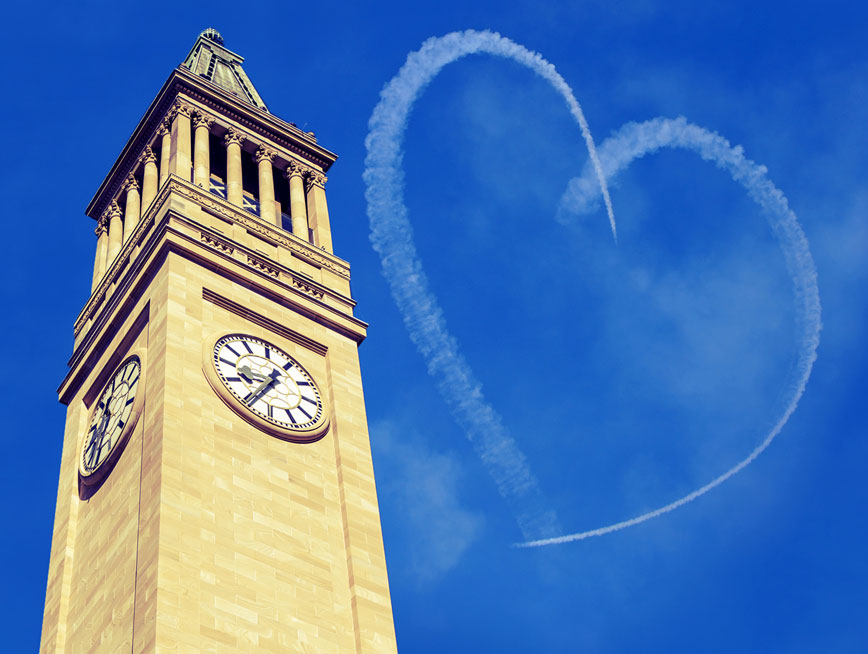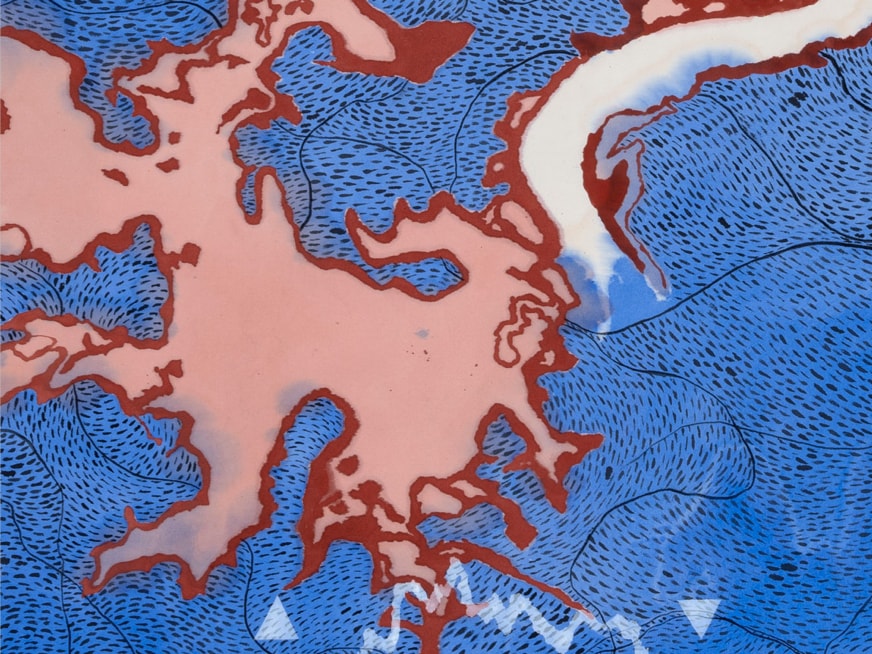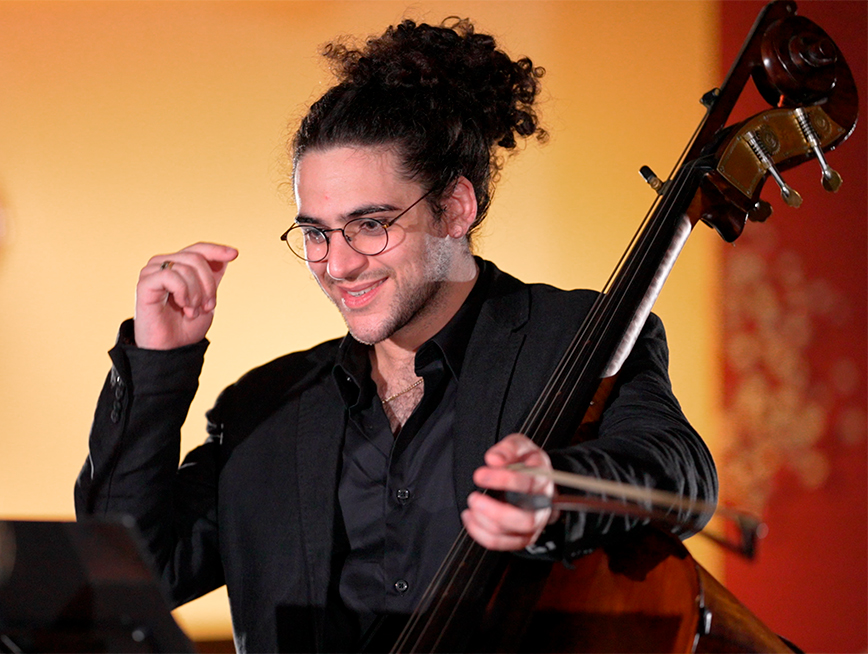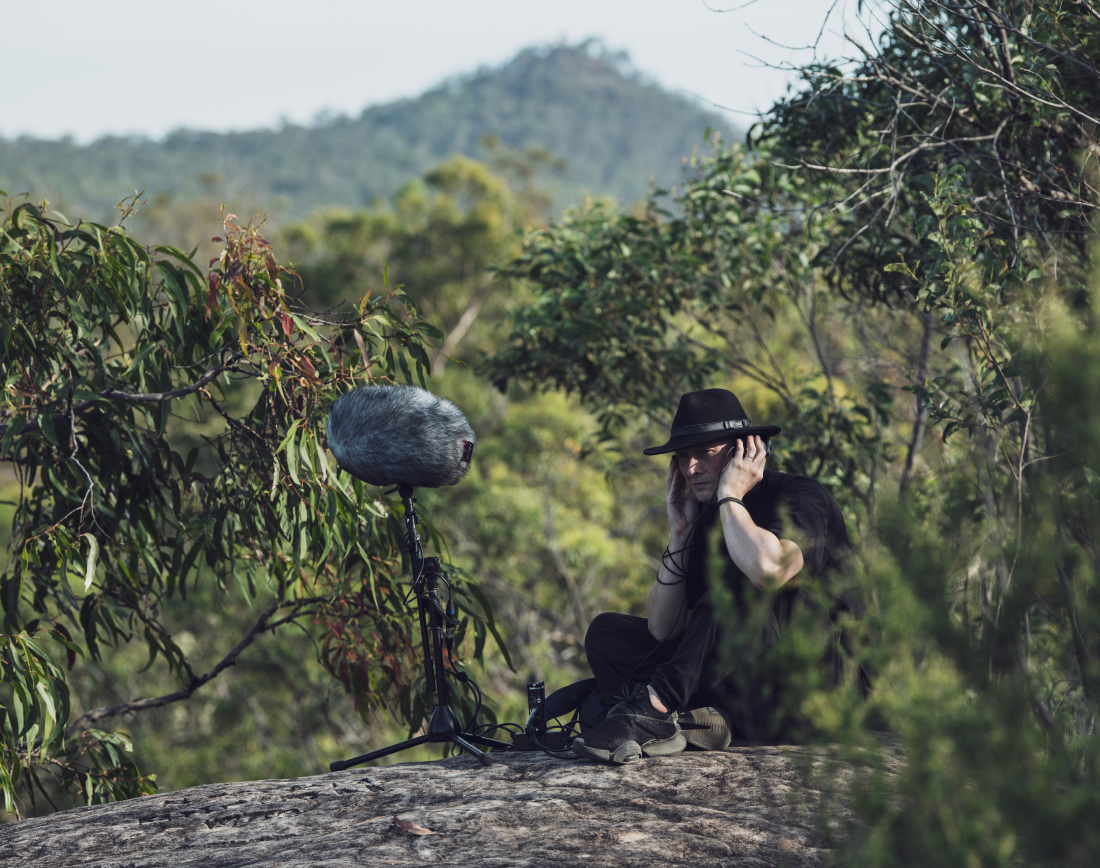Dead Puppet Society is an internationally recognised production house and design company who call Brisbane home. Known for producing visual theatre works wrought with spectacle and wonder, such as Holding Achilles, The Wider Earth and Ishmael, Dead Puppet Society are no strangers to uncovering new possibilities for storytelling.
Combining their love of storytelling and innovative design, Dead Puppet Society are once again leaping into the unknown in a pursuit to understand the place they call home some more. As Artist in Residence for Making Place: 100 Views of Brisbane, they are experimenting with the idea of ’emotional mapping’ and inviting the Brisbane community to come along on the journey by memorialising their connections to the city.
We sat down with Associate Creative Director Matt Seery to learn more about their residency project, Reflections on Place.
Dead Puppet Society is best known for its deeply imaginative theatre productions. For this residency, you’re stepping out of the theatre and into a new creative playground for a moment. What inspired this creative leap?
It’s true that our work in theatres, writing, designing and producing original stage productions is the “bread and butter” of our company. But if you’ve ever seen a Dead Puppet Society performance, you might have noticed our particular obsession over the visual nature of our shows. Our work always strains against any strict boundary between “performing” and “visual” artforms, often blurring the lines (or maybe slipping through the cracks) between the two. Whether we’re creating living images onstage, designing new puppets in our workshop, or crafting original sculptures for people’s homes, our passion for art and design in their broadest, truest sense underlies it all. This interest leads us into all sorts of places; dimly lit theatres, outdoor in unexpected places, as well as beautiful, bright museums and galleries. The museum environment is totally different, with a whole slew of unique challenges. But equally, it’s a whole new domain of inspiration and creative potential.
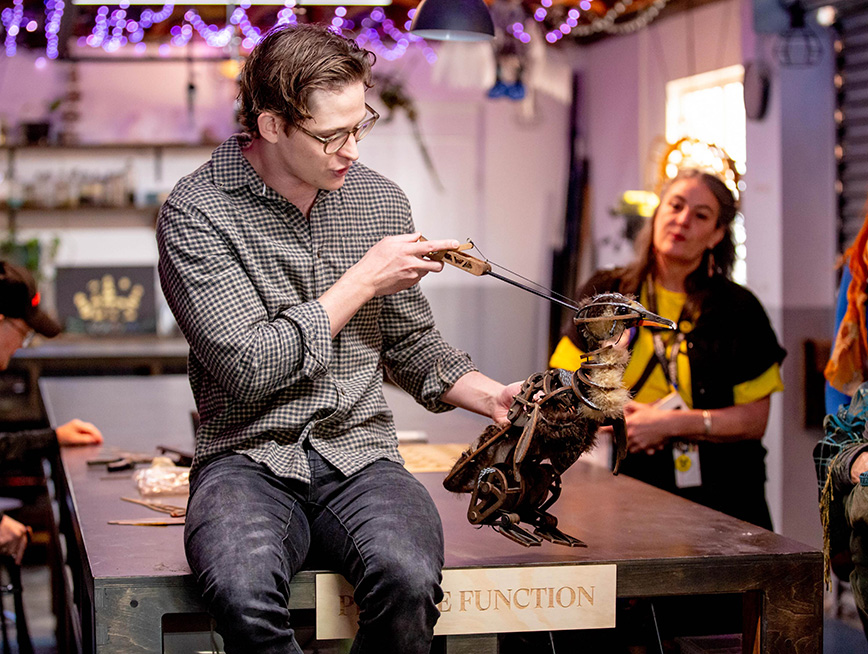
As part of your residency project, you’re exploring the concept of place-based storytelling. What does place and memory mean to you and how do these ideas inform your practice?
Puppetry is a particularly interesting artform to me in that it demands a sort of cognitive dissonance from the audience, asking them to acknowledge both the inanimate nature of the object, whilst also accepting the reality of the living, feeling character it conjures.
It’s been interesting to discover that there’s a similar multiplicity of truths at play when it comes to themes of memory and place. A place that fills me with joy might just as easily strike up fear in another. A place might be both the charming, subterranean rehearsal room where we cut our teeth, and also the luxury apartment complex that stands there now. It takes both truths, and probably many more, to meaningfully understand a place.
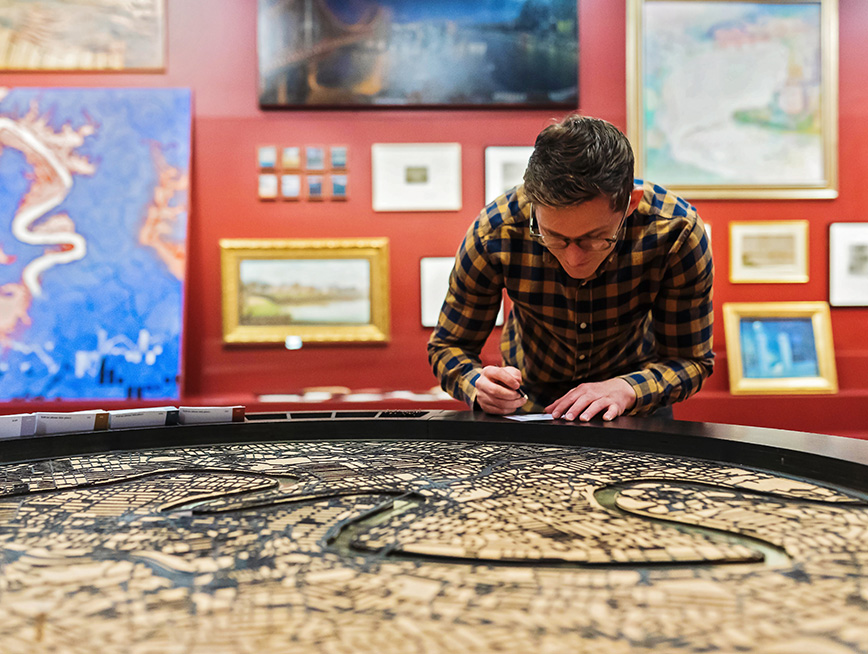
Your residency project so thoughtfully prompts storytellers to consider how we record memories of place. What steps did you take to land on this residency concept?
We’ve spent a lot of time looking at the many different ways this region has been formally documented over time, how it has been captured and presented back to the world.
Geological surveys, reports on population density, incremental sketches of a blossoming city skyline and, of course, maps. Hand-drawn at first, skewish and beautiful, then rigidised with computer assisted drawing, and ultimately “perfected” with high resolution satellite imagery. All fascinating, and probably quite useful, but also incomplete.
When asked to describe home, or some other place of significance, we so rarely describe the topographical elevation, or the layout of civil infrastructure. Instead, we offer up qualities that are intangible by nature; the feeling of a place. More often still, we communicate our places by sharing the memories collected there.
That’s the house where…I lived on that street when…I don’t go there anymore, not since…We used to meet here…Do you know what they say about that building there?
Our best cartological efforts fail to capture these vital details, so they remain absent even in these most “definitive” expressions of a place. This tension felt intriguing to us, and fertile ground for an exercise in collaborative story-sharing.
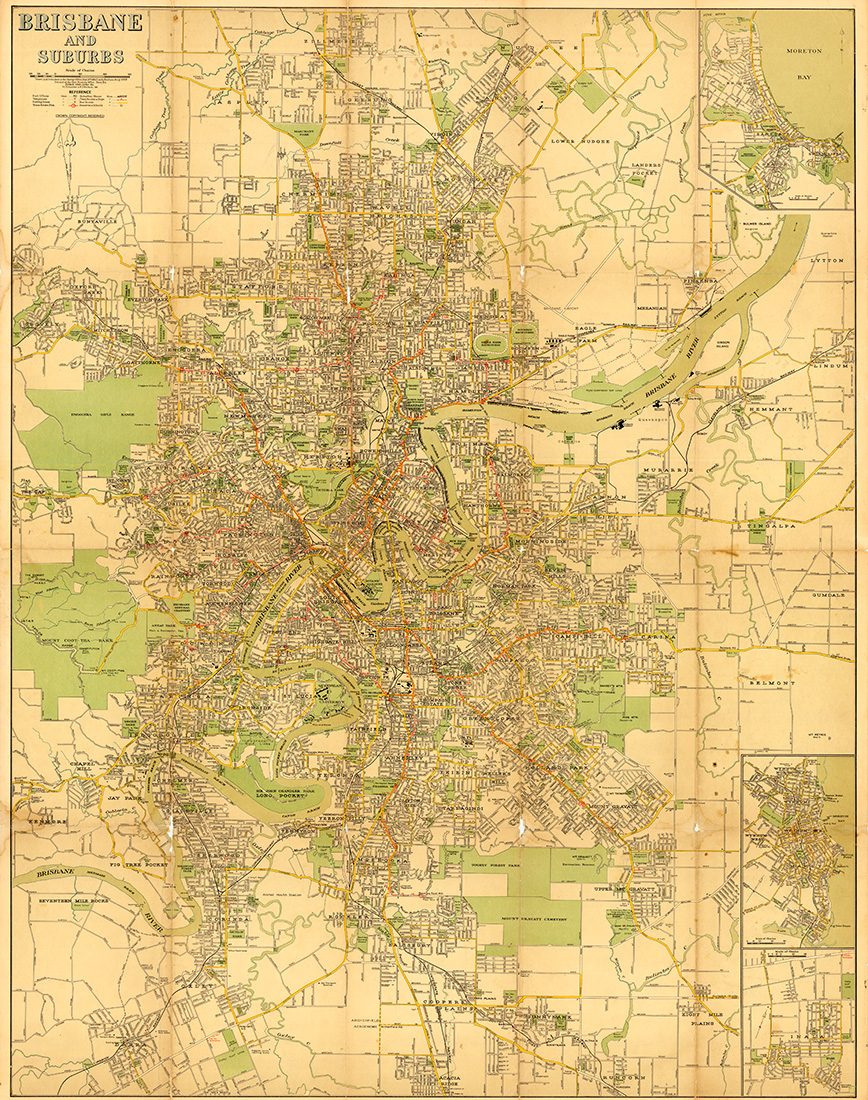
The Brisbane community has been contributing to your residency project through an emotional memory mapping activity. Can you describe what emotional mapping is and how it engages our community?
Our residency is an intervention of sorts, toying with the impossibility of pinning down a singular interpretation of any given place.
We are inviting visitors to find and memorialise places of their own, and in doing so, reveal the unique emotional topography of this city as we have lived it.
As an open-ended collaboration with the public, the results will likely be eclectic, surprising, perhaps even completely contradictory. Whatever the outcome, we are eager to capture the nature of this city in a way that a satellite camera array never could.
You’re collecting anonymous stories as part of this residency project. Do you have any early ideas about how these will be used, or will the responses be the springboard for a future idea?
We are currently in the “collection” phase in our residency, in which we are gathering snippets of anonymised personal histories, and generating a heat map of the emotional tones associated with different sites around inner city Brisbane.
These crowd-sourced offerings will launch us into a subsequent “generative” phase, where we experiment with design-led modes of storytelling to carefully re-create some of the stories shared with us.
While our current artwork is strictly analog, we are interested in bringing some of our theatre-making practice to the next evolution of the project, playing with light, sound and miniature models to create surprising and expressive little moments that honour the contributions that have been left with us so far.
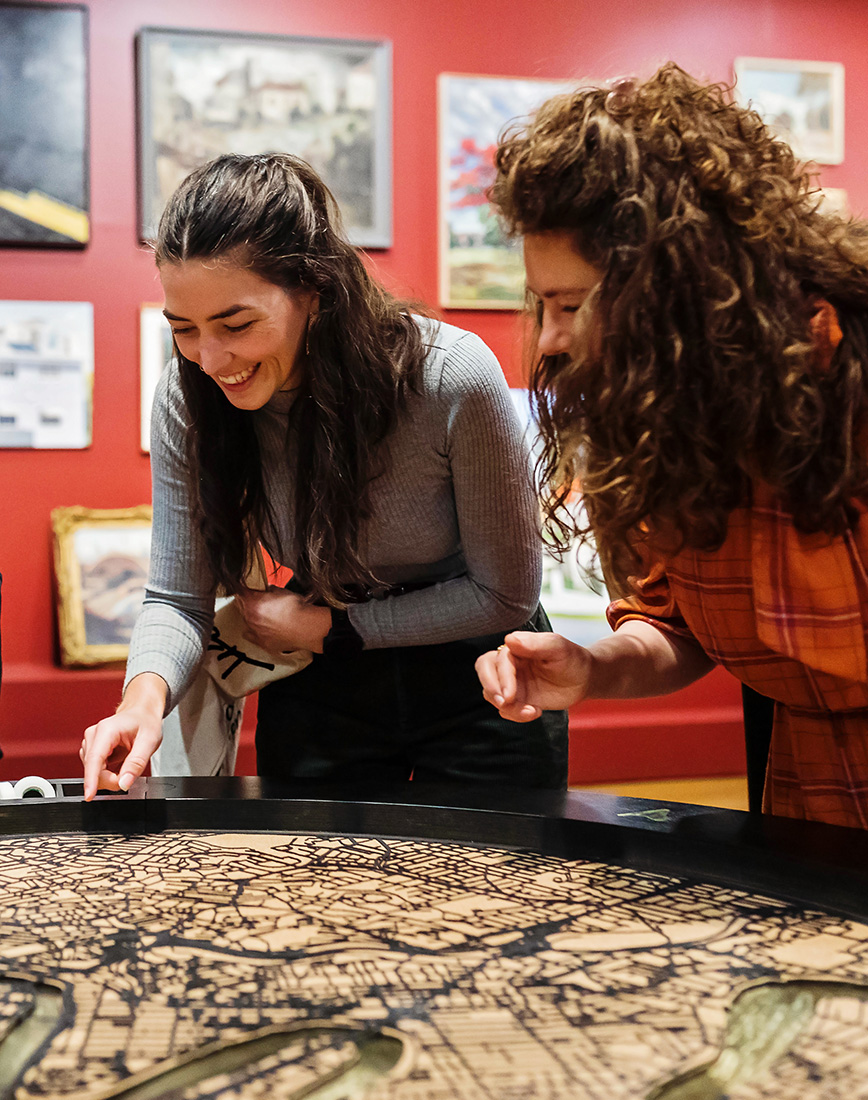
Each of your creations is visually striking and taps into a design aesthetic that is unique to Dead Puppet Society. Can you describe what the signature style is and why you are drawn to materials like brass, cork and timber?
We like to think of our work as caught between two worlds: the world of timeless craftsmanship and the world of contemporary technology. Our visual style is influenced by our use of rapid prototyping technologies, particularly laser cutting. We are also mindful of relationships between materials and textures.
For our residency, we wanted to recreate the feeling of our fabrication workshop in Woolloongabba, smack bang in the middle of the gallery. The central structure is made of stained, CNC cut timber, reminiscent of our workbenches “back home”. The central map itself is made of some of our most frequently used materials; black prism card (perfect for shadow play, model boxes and early puppet prototypes) and polished brass (the staple of our DPS Collection sculpture range). The cork which makes up the land masses on either side of the river not only serves an obvious practical purpose, but also has a beautifully warm tone and textural affinity with the materials around it. All of these materials also have a satisfying, tactile feel about them; perfect for this hands-on collaborative encounter.

Your theatre shows have toured internationally and yet your Fabrication Workshop is still right here in Brisbane, what is it about this city that inspires you?
Brisbane has, and probably always will, feel like home for us. We love making new shows here and then taking those stories to the rest of the world.
It was seeing theatre in this city that inspired us to become artists in the first place, and we all cut our teeth making work for local theatres with local artists. There’s a fierce creative streak that runs through this city, with a particular taste for contemporary art and design to which MoB can attest.
There’s world-class artistic talent here, and there are dedicated audiences who are loyal and adventurous in equal measure. Good artists. Good audiences. Great sunsets. What’s not to love?
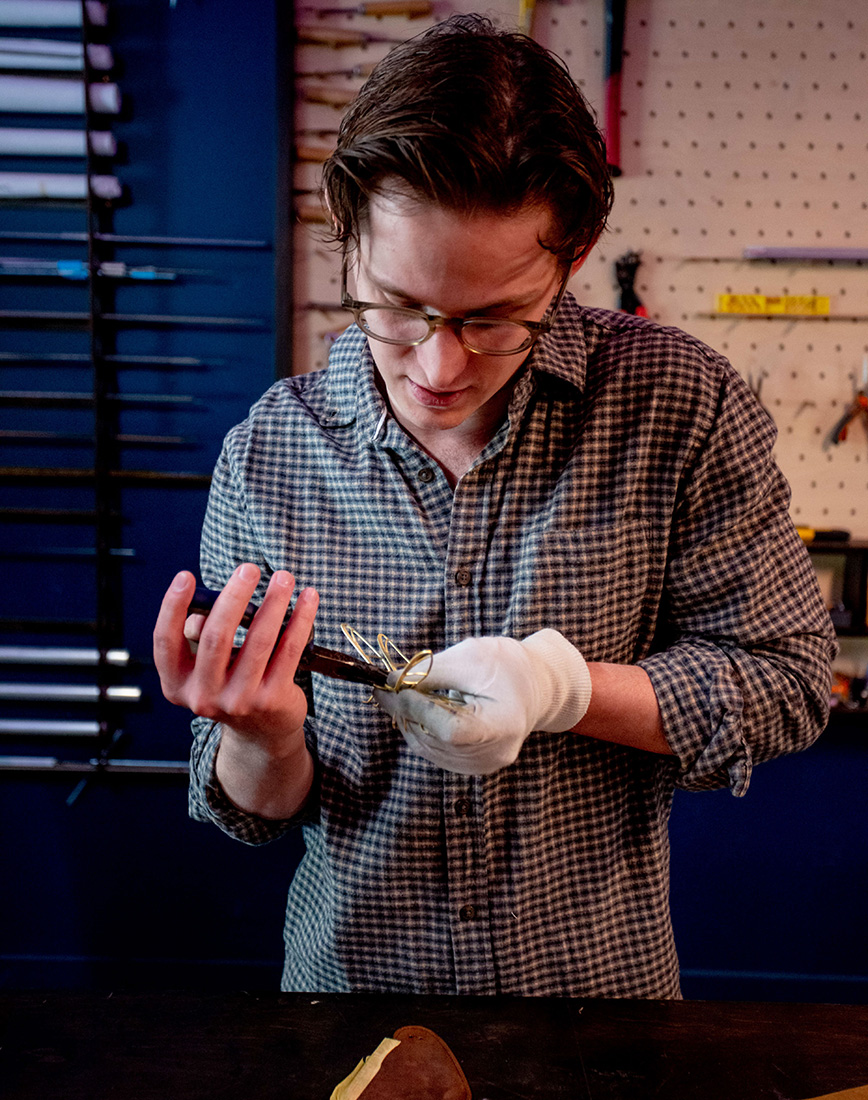
Come say hello to Dead Puppet Society while they’re in residence. Find the dates on the What’s On page linked below.



